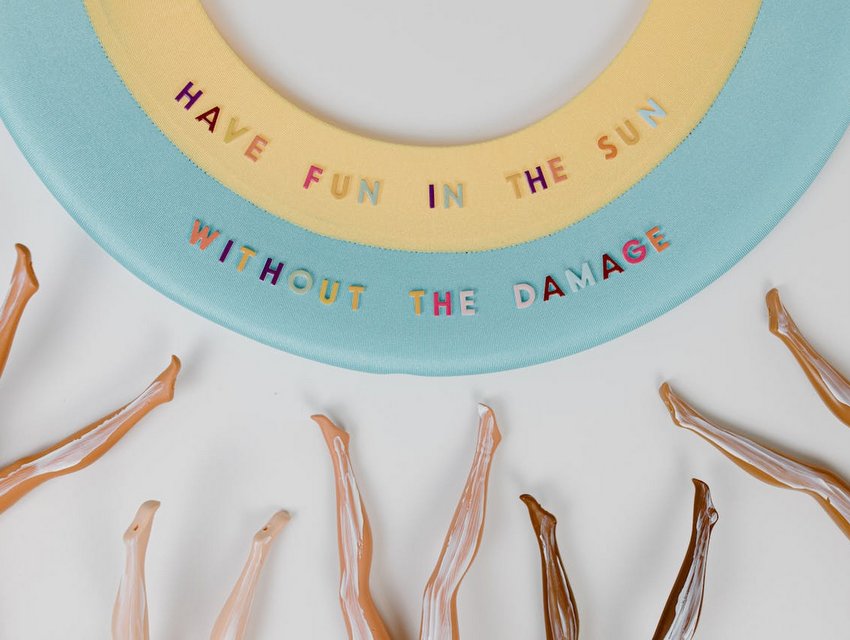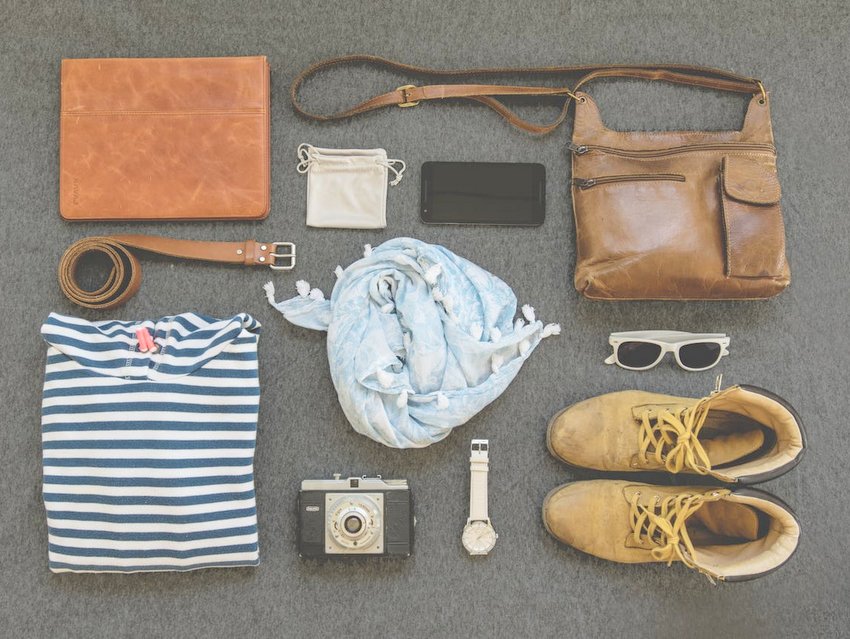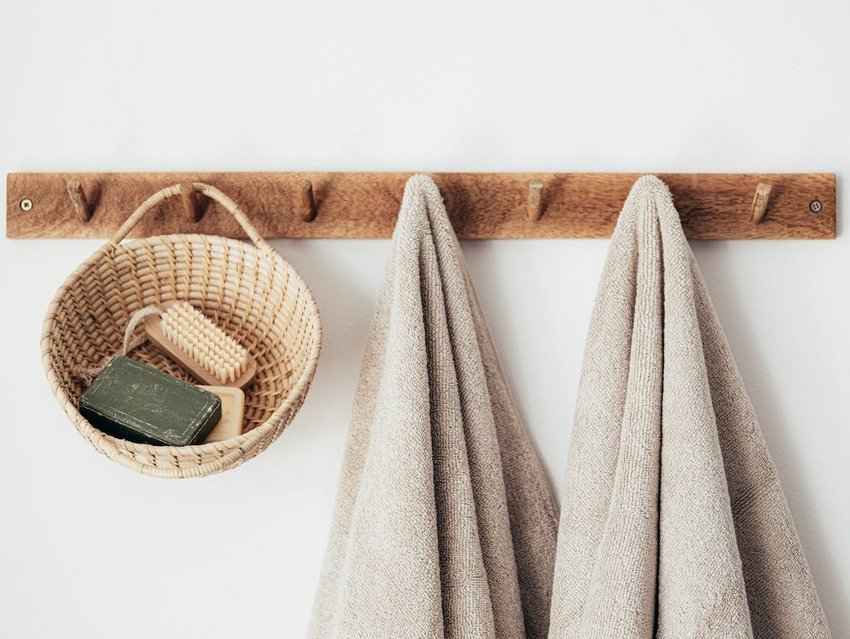its written by monica

I had the sun-kissed problem too, and I had to find a way out, see it…
As the allure of a sun-kissed glow draws us outdoors, it’s crucial to remember the hidden dangers lurking in those warm rays. Harmful UV radiation is a formidable foe, capable of more than just a temporary sunburn. Prolonged exposure without protection can lead to premature ageing, sunspots, and an increased risk of skin cancer.
This post aims to shed light on the importance of sun protection and provide you with essential tips to keep your skin safe and beautiful. Whether you’re basking on a beach or simply enjoying a stroll, safeguarding your skin is paramount. Let’s dive into the best practices to enjoy the sun responsibly.
Understanding UV Rays
UV rays are invisible rays that come from the sun and are categorized into two main types: UVA and UVB rays. These rays have different wavelengths and impact the skin in various ways.
UVA vs. UVB Rays
Characteristics of UVA and UVB rays
UVA rays have a longer wavelength, penetrating deeper into the skin compared to UVB rays, which have a shorter wavelength and primarily affect the skin’s outer layer. UVA rays play a significant role in premature skin ageing by breaking down collagen and elastin, leading to wrinkles and sagging skin. On the other hand, UVB rays are the main cause of sunburn (sun-kissed) and can contribute to skin cancer development.
Effects on the skin
UVA rays can cause immediate tanning and contribute to long-term skin damage, while UVB rays are responsible for sunburns and play a key role in the development of skin cancers. Both types of UV rays can weaken the immune system of the skin, making it more susceptible to various skin conditions.
Correlation to skin ageing and cancer risks
Prolonged exposure (sun-kissed) to UVA and UVB rays can accelerate skin ageing, resulting in fine lines, wrinkles, and age spots. Additionally, these rays increase the risk of developing skin cancer, including melanoma, the most serious form of skin cancer. Protecting your skin from both UVA and UVB rays is essential in maintaining skin health and reducing the risks associated with sun exposure.
Remember, understanding the differences between UVA and UVB rays can help you take appropriate measures to protect your skin from potential harm.

The importance of sunscreen
Sunscreen is a crucial tool in shielding your skin from the harmful effects of UV rays. By applying sunscreen regularly, you create a protective barrier that helps prevent sunburn, premature aging, and skin cancer. Let’s delve into why sunscreen should be a non-negotiable part of your skincare routine.
Choosing the right sunscreen
Selecting the correct sunscreen is essential for effective protection. Factors such as your skin type, the intensity of your outdoor activities, and the weather conditions play a role in determining the most suitable sunscreen for you. For instance, those with sensitive skin may opt for mineral-based sunscreens, while athletes might require water-resistant formulas. Additionally, choosing a broad-spectrum sunscreen ensures defense against both UVA and UVB rays, safeguarding your skin comprehensively.
Understanding SPF and PA ratings
SPF (Sun Protection Factor) and PA (Protection Grade of UVA) ratings provide insights into a sunscreen’s protective abilities. SPF indicates the level of protection against UVB rays, which cause sunburn, while PA ratings signify the shield against UVA rays, responsible for skin aging. Higher SPF values offer increased UVB protection, while more plus signs in the PA rating indicate better defense against UVA radiation. Understanding these ratings empowers you to make informed choices when selecting a sunscreen for optimal skin protection.

Additional protection measures
Protecting your skin from harmful UV rays goes beyond just applying sunscreen. Here are some additional measures you can take to shield your skin effectively.
Protective clothing and accessories
When it comes to sun protection, choosing the right clothing and accessories can make a significant difference. Opt for clothing made from tightly woven fabric to create a barrier between your skin and the sun’s rays. Look for clothing with UPF (Ultraviolet Protection Factor) ratings for added protection. Wide-brimmed hats not only add a stylish touch to your outfit but also provide shade for your face, neck, and ears. Sunglasses that offer UV protection help shield your eyes from sun damage, including cataracts. Don’t forget to bring along an umbrella for extra shade on particularly sunny days.

Sun-smart habits
Incorporating sun-smart habits into your routine can significantly reduce your skin’s exposure to harmful UV rays. Avoid prolonged sun exposure during peak hours between 10 a.m. and 4 p.m. when the sun’s rays are strongest. Stay hydrated by drinking plenty of water throughout the day to keep your skin healthy and moisturized. Educate yourself and others about the dangers of indoor tanning and its long-term effects on skin health. Regular skin checks are crucial for early detection of any skin changes that could indicate sun damage or skin cancer.

After-sun care and skin maintenance
After a day of basking in the sun (sun-kissed), it’s crucial to give your skin the care it deserves. Post-sun exposure care involves moisturizing, soothing, and aiding in skin recovery. Here are some essential tips for maintaining healthy skin after being in the sun:
Moisturizing and Soothing Sun-Exposed Skin
To replenish and calm sun-exposed skin, opt for skincare products infused with ingredients like aloe vera, hyaluronic acid, and antioxidants. Aloe vera is known for its soothing properties, hyaluronic acid helps retain moisture, and antioxidants protect the skin from free radicals. These components work together to nourish and revitalise the skin, leaving it feeling hydrated and refreshed.
Dealing with sunburn
If you’re dealing with sunburn, it’s vital to take immediate action to aid in skin recovery. Start by applying cool compresses to the affected areas to reduce inflammation and discomfort. Aloe vera gel can be incredibly soothing and helps in healing sun-damaged skin. Additionally, ensure you stay hydrated by drinking plenty of water to help your skin heal from within.
Remember, after-sun (sun-kissed) care plays a significant role in maintaining your skin’s health and appearance. By following these tips and incorporating the right products into your skincare routine, you can keep your skin looking radiant and youthful despite sun exposure.

Lifestyle choices for radiant skin
When it comes to achieving radiant skin, lifestyle choices play a crucial role in maintaining a healthy and glowing complexion. By making simple adjustments to your daily routine, you can promote skin wellness and protect your skin from harmful UV rays. Let’s explore some lifestyle choices that can help you achieve that sun-kissed beauty.
Nutrition for skin health
Incorporating skin-nourishing foods into your diet is key to promoting skin health and resilience against UV damage. Foods rich in antioxidants, such as berries, tomatoes, and dark leafy greens, help combat free radicals and reduce inflammation in the skin. Additionally, incorporating sources of vitamins like C and E, found in citrus fruits and nuts, can boost collagen production and protect against sun damage. Omega-3 fatty acids, commonly found in fatty fish like salmon and chia seeds, help maintain skin hydration and elasticity. By prioritizing a diet rich in these nutrients, you can support your skin’s natural defenses against UV rays.
Physical activity and skin glow
Regular exercise not only benefits your overall health but also contributes to a radiant complexion. When you engage in physical activity, your skin receives a boost in circulation, allowing essential nutrients to reach skin cells more efficiently. Improved blood flow helps in the removal of toxins, resulting in a clearer and brighter complexion. Exercise also triggers the release of endorphins, reducing stress levels and promoting a healthy glow. Whether it’s a brisk walk, yoga session, or dance class, incorporating regular physical activity into your routine can enhance skin rejuvenation and contribute to that coveted sun-kissed beauty.
Maintaining a balanced diet, staying active, and managing stress are valuable lifestyle adjustments that can help you achieve and maintain healthy, sun-kissed skin. By making these simple changes, you can support your skin’s vitality and natural radiance, ensuring a glowing complexion that stands the test of time. Find more tips on skincare and nutrition
Conclusion
Embracing sun-kissed beauty while safeguarding your skin is paramount for long-term health and radiance. Essential practices like applying broad-spectrum sunscreen, seeking shade, and wearing protective clothing significantly reduce the risk of UV-induced damage.
Prioritising sun safety not only enhances your skin’s appearance but also mitigates the risk of skin cancer and premature ageing. By integrating these protective measures into your daily routine, you can achieve a healthy glow without compromising your skin’s well-being.